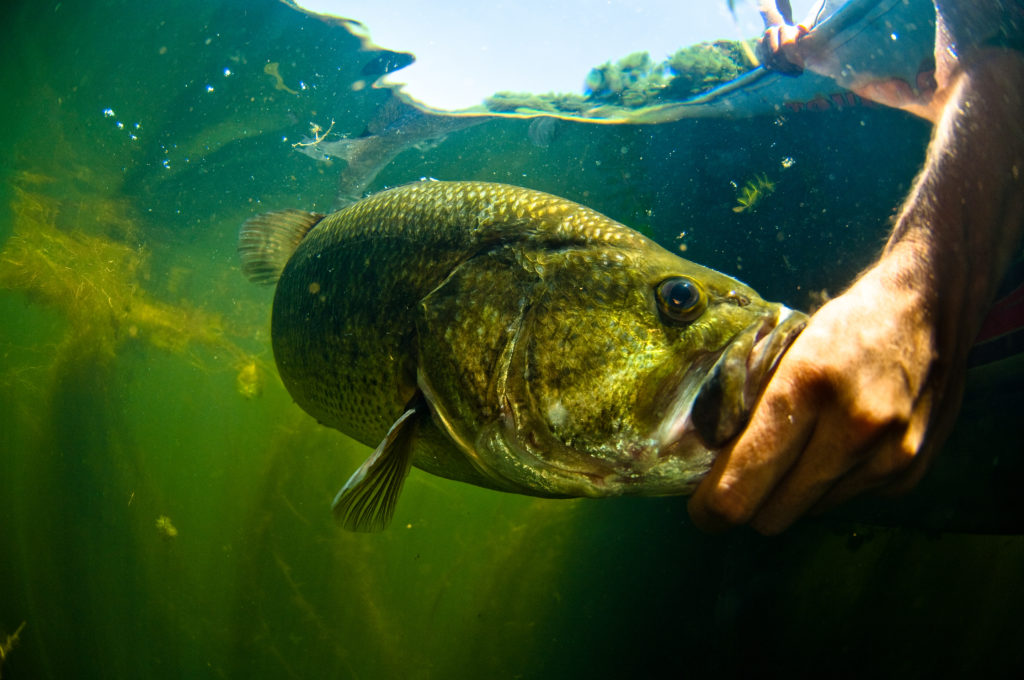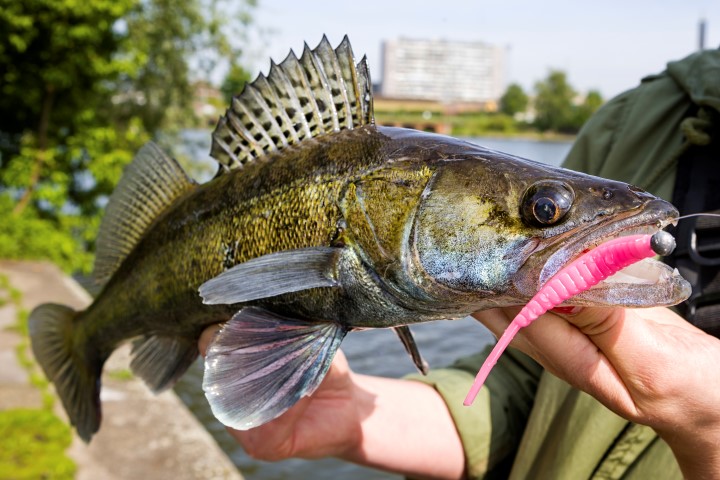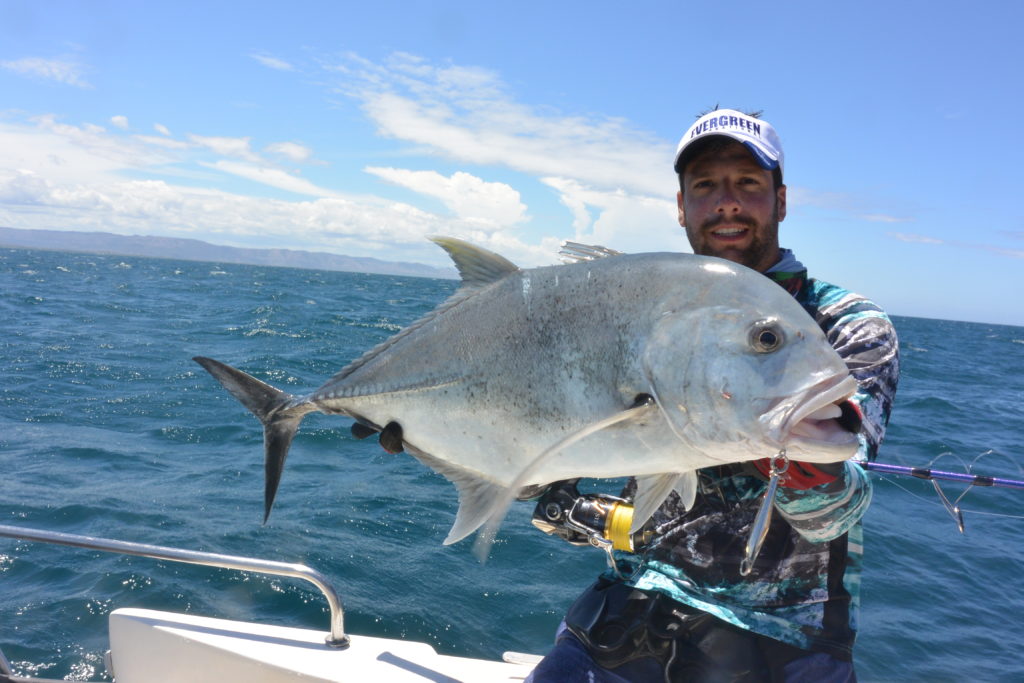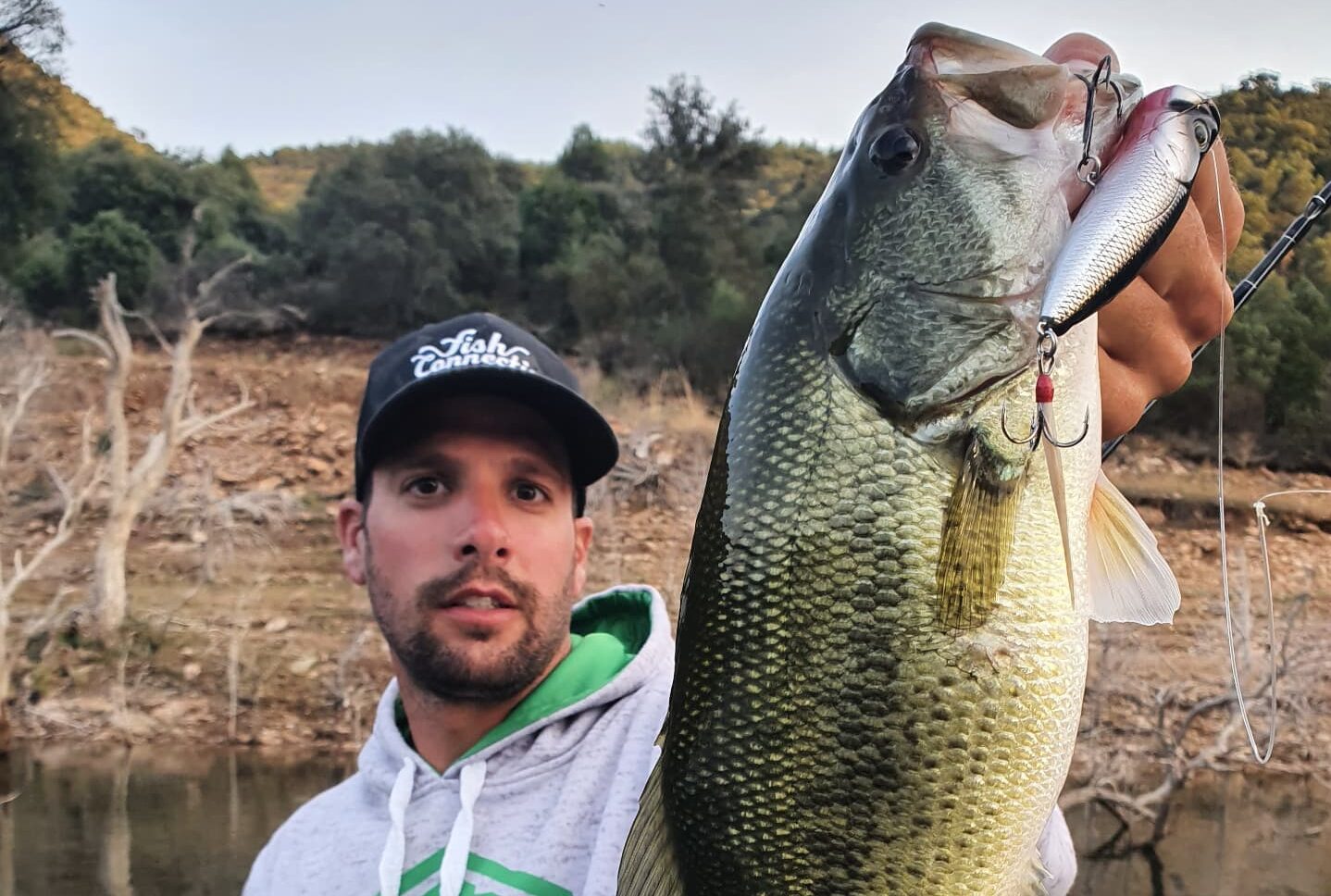
Popper fishing is as fun as it is exciting for all lure anglers. Of course, popper fishing is particularly popular in summer when predators are active on the surface. In this article, we reveal the secrets to mastering popper fishing and increasing your chances of catching a fish. Let's find out more about the popper, how to fish it, how to animate it and the equipment you need to fish with this lure.
Our article in brief:
The popper is an essential surface lure for lure anglers. Here are the key points to remember:
- The popper is a noisy surface lure effective from late May to November
- The popper is a multi-purpose fishing that adapts to different fishing situations
- The animation of the popper is the most important point to take into account when fishing.
- Patience and observation are keys to success
The popper: a noisy and effective surface lure
The popper is a surface lure which has a hollow or concave head producing a spray of water and a "pop" noise so characteristic of animation. That's why it's called a popper. This characteristic makes it a lure particularly attractive for carnivorous fish hunting on the surface, whether in the sea or in freshwater. In fact, the popper is a particularly effective lure on the pike, the black bass or the pole in fresh water and tuna, the bar or the trevally at sea. It is most effective from late May to October/Novemberwhen the surface water heats up.
Poppers range in size from 5 to 18 cm to suit all types of fishing and fish. Poppers are sometimes fitted with noisemakers or can be silent to target areas where fishing pressure is a little stronger and where the fish are a little more educated. Just like the stickbait, we'll use it on vast expanses over fields of sea grass or on beaches where you've spotted chasing or sighted fish.
Like stickbaits, poppers can also trigger fish at greater depths. In lakes in particular, it is not uncommon for fish to rise 2 to 5 metres below the surface to attack this lure.
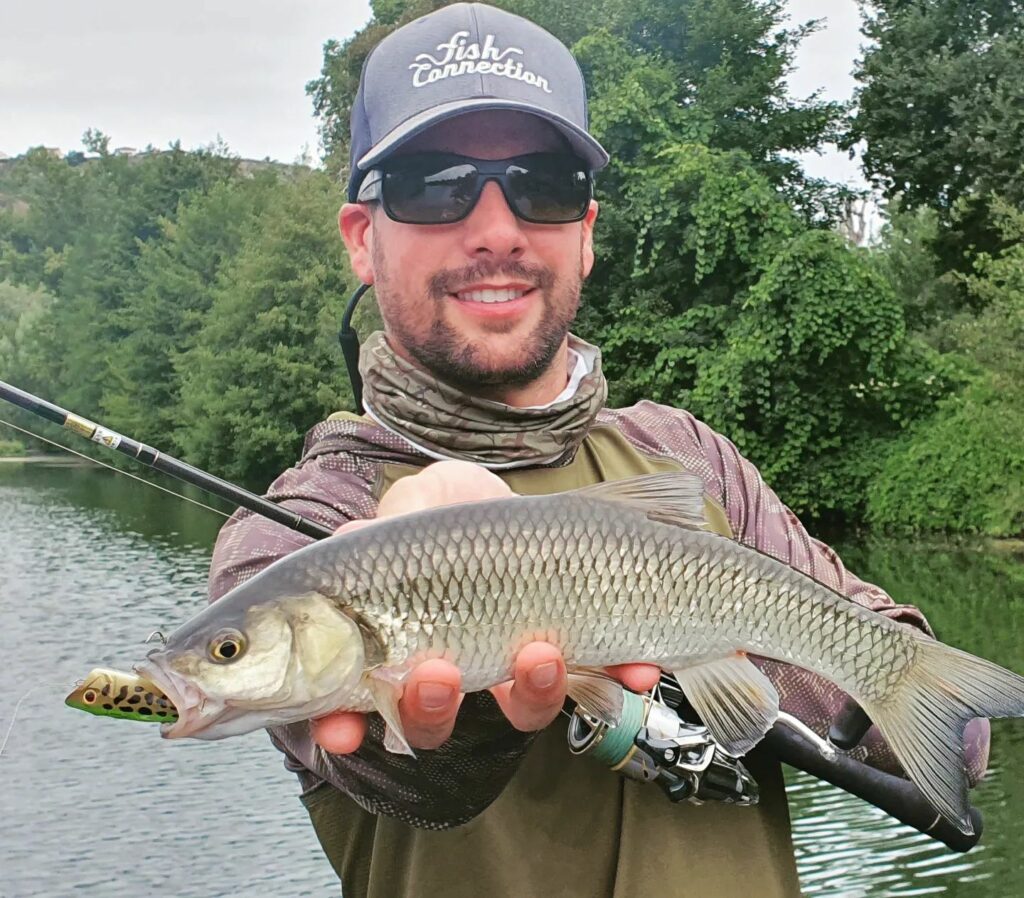
How do you animate a popper on the surface?
The basic technique for animating a popper is to make dry shots to make the lure "popper" on the surface. Several variations exist to adapt to the conditions and behaviour of the fish:
- Breaks between pops : This animation is ideal for giving predators time to spot and attack the lure. To do this, position the rod low and we'll stretch the banner and make a succession of short, dry pulls. This will trap the air bubble and cause a pop at the surface. In the end, it's a stop-and-go naimation because, to sum up, I pop, I retrieve, I pop, I retrieve, I pop, I retrieve, I pop, I retrieve and so on.
- Straight shots : This animation is ideal for creating maximum noise and splashing. To do this, set the rod low and make a long, wide pull. The popper will then almost penetrate the surface and cause a string of bubbles. This is a good animation to alert predators in particular and make them come from a little further away.
- Fast linear recovery : to imitate fleeing prey. This animation works terribly well in exo on tuna or trevally when they are on the hunt.
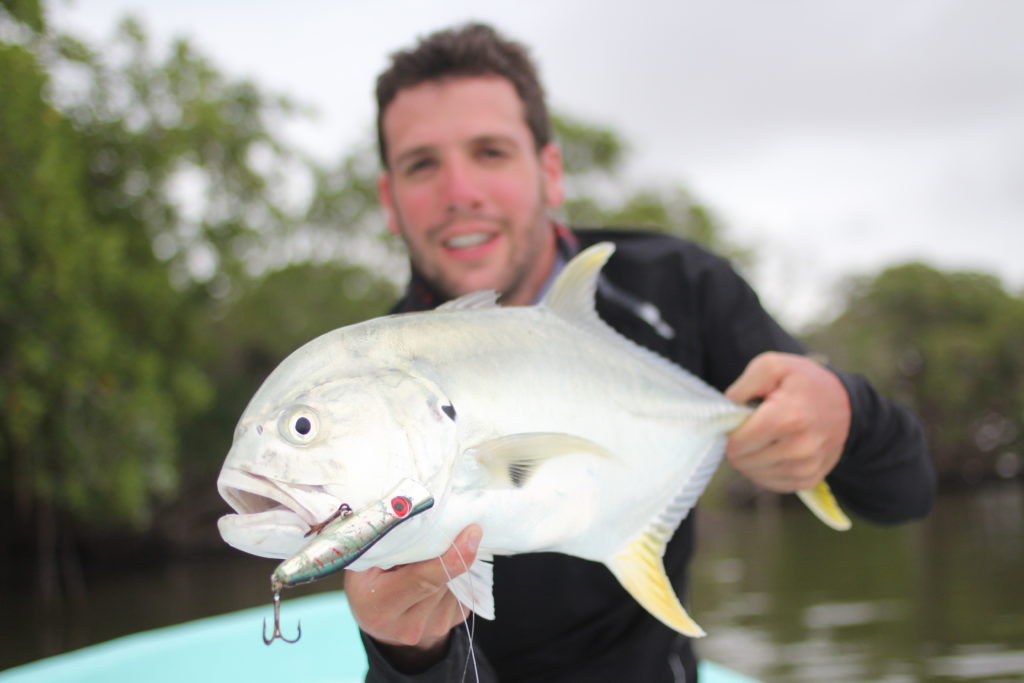
Don't hesitate to vary your animations on a single throw. For example, on hunts, faster, more nervous recoveries can trigger dazzling attacks. Conversely, to "wake up" a quiet area, slower, more spaced-out animations can pay off.
How do you choose the right popper?
Here is a summary table of the criteria to take into account when making your choice:
| Criteria | Importance | Recommendation |
|---|---|---|
| Size | High | Adapted to the target species |
| Colour | Average | Natural or vivid depending on conditions |
| Weight | High | Depending on the desired throwing distance |
| Manufacturing quality | Very high | Favour robust models |
We found that top-of-the-range handcrafted models often offer superior performance. Their meticulous design and meticulous finish make them formidable lures in the hands of an experienced angler. For beginners, however, more affordable models can be an excellent starting point.
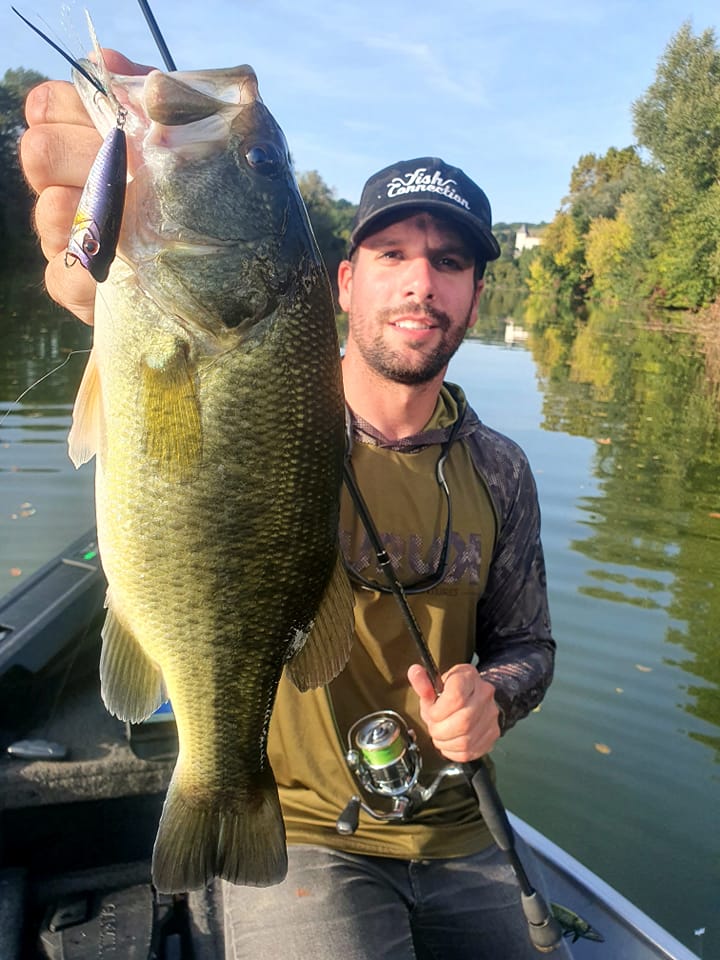
It is essential to note that popper versatility makes this lure suitable for a variety of fishing situations. Whether you're fishing from the shore or from a boat, this lure will appeal to predators likely to attack on the surface. It can be used for discreet or more aggressivedepending on fish behaviour and weather conditions.
Here are 5 poppers we recommend you have in your box:
- OSP Louder : A magnificent popper with a remarkable finish. It casts very well and is almost vertical when stopped.
- Megabass Pop-X The reference popper for all types of carnivorous fish
- Tackle House Feed Popper 70 : A remarkable popper at sea on sea bass and other marine species
- Sakura Pop'n Dog 40 : Great value for money
- Deps Pulsecod Jr : A popper that launches from great distances
Practical tips for successful popper fishing
With regard to equipment, a power rod 5 to 20 g covers the use of all conventional poppers in freshwater. In terms of action, like the stickbait we'll be choosing a fairly fast cane for direct action on the lure. A length of around 2 m is suitable for all standard fishing in all rivers. For larger waters, a 2.20 m is very suitable.
Equip your rods with reels size 2500-3000 with, once again, a fairly substantial recovery. This is because we need to recover the slack in the banner fairly quickly after the animations. It's a good idea to have a retrieve greater than 75 cm. On this reel, we'll be using a braided line rather than a nylon line. Once again, the idea is to have a direct action on the lure. As braid has no elasticity, it's always more interesting than nylon. Even so, we won't forget to add a touch of fluorocarbon for discretion and abrasion resistance.
When fishing for small predators such as chub, black bass or perch, 25 to 30 hundredths fluorocarbons are ideal. You can go up a size if you're targeting pike with a 60 or 70 hundredths leader. Note, however, that the larger the diameter, the more you affect the popper's swimming action.
In short, popper fishing offers unique sensations and memorable battles. Whether you're a seasoned angler or a novice, this technique will win you over with its effectiveness and the adrenaline rush it provides. Don't forget that practice and observation are your best allies in becoming an expert popper angler.

